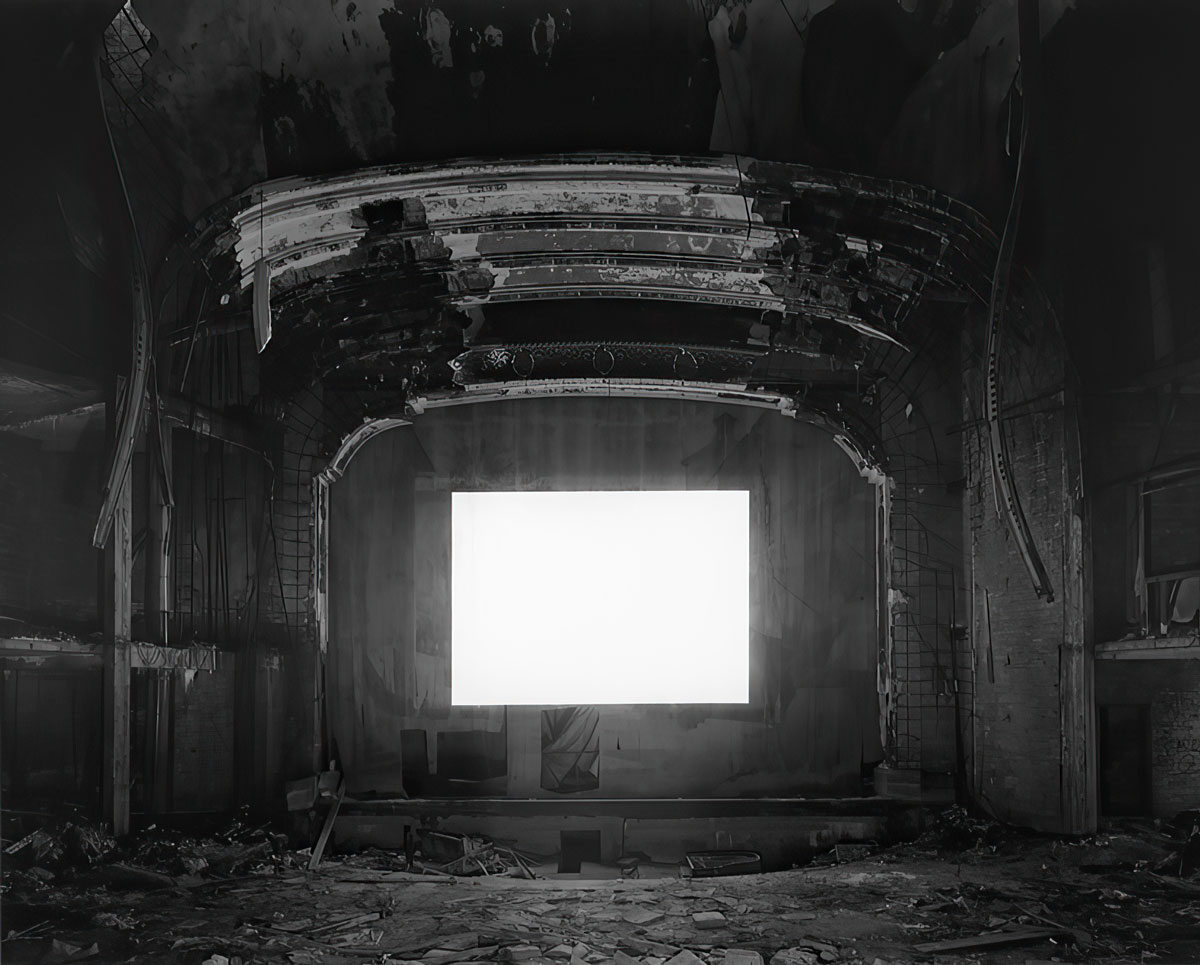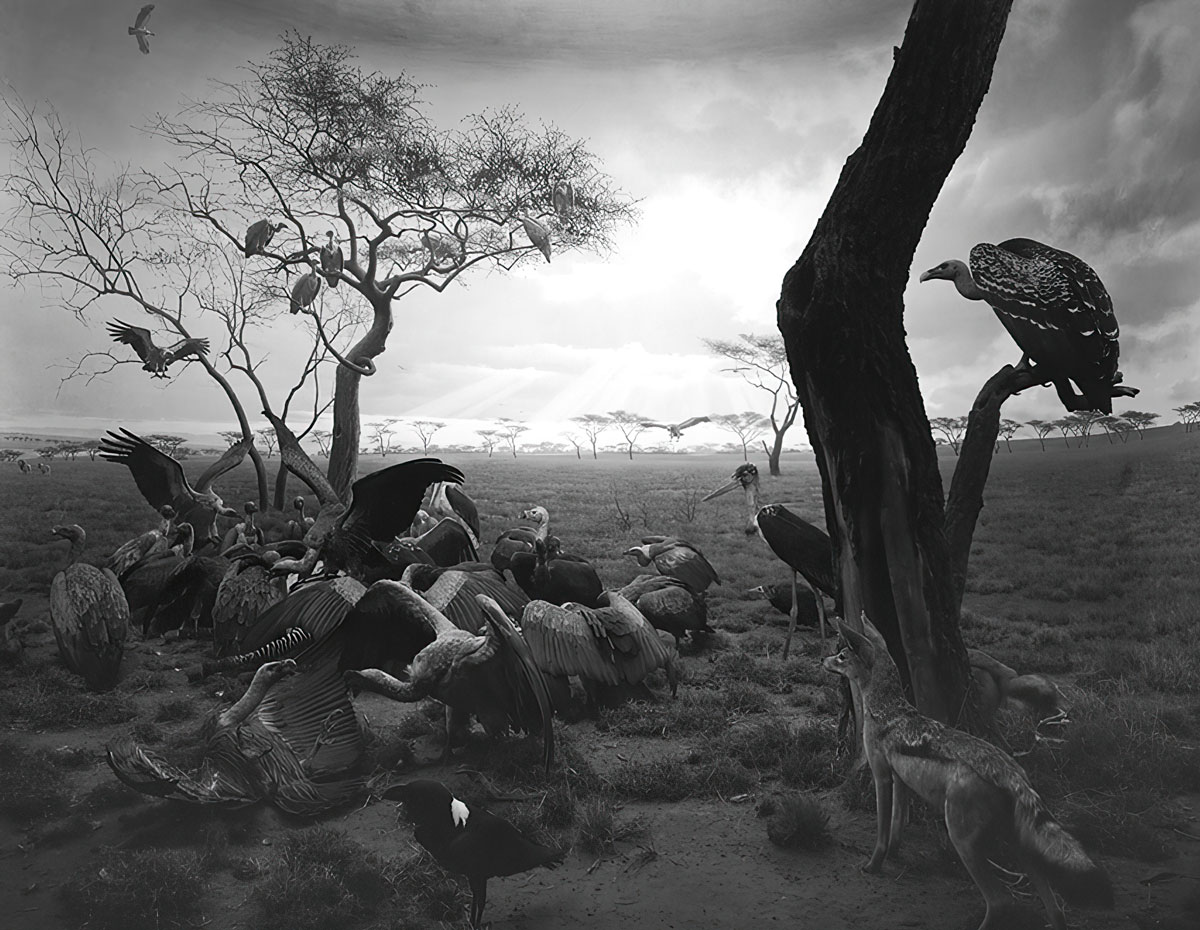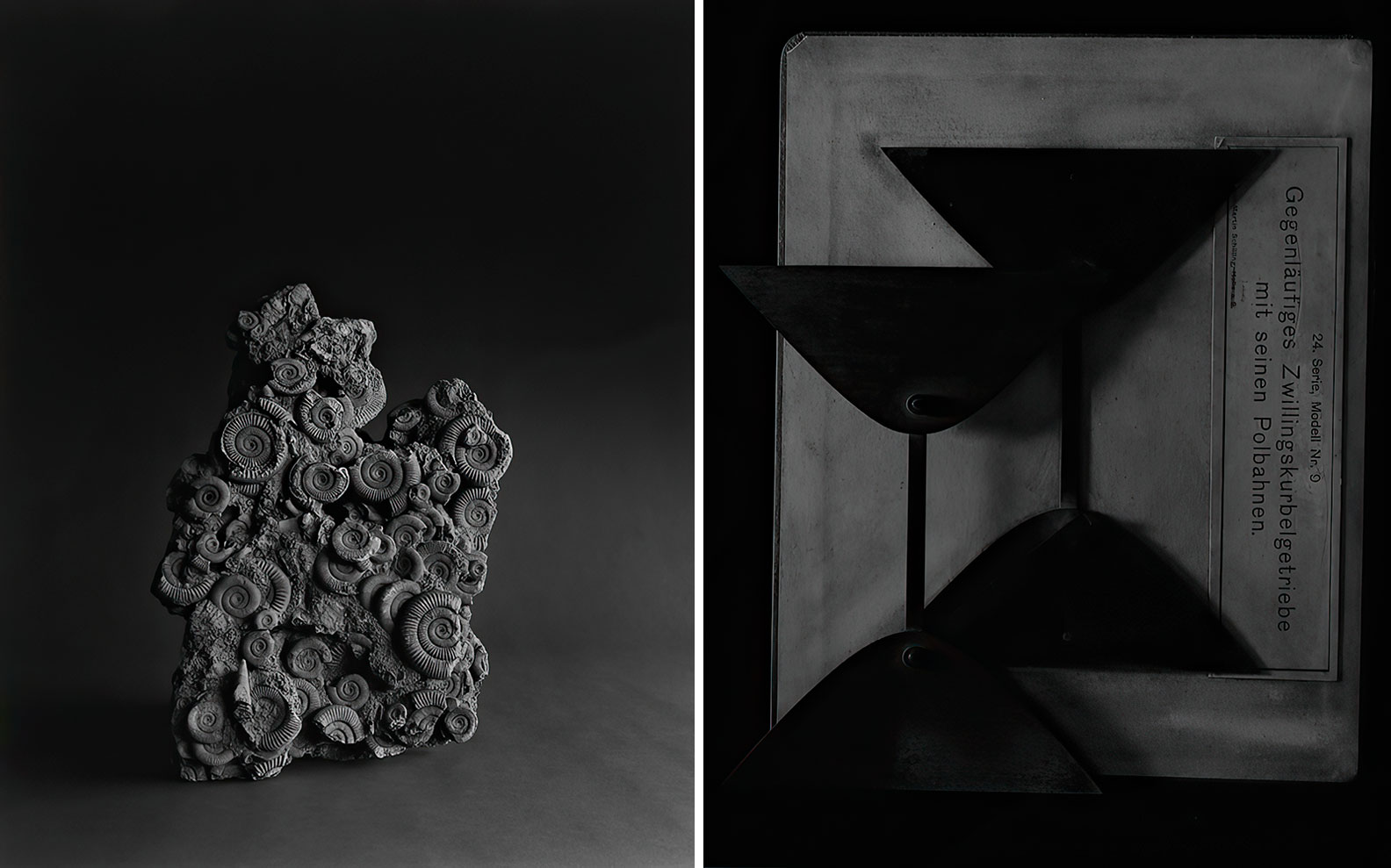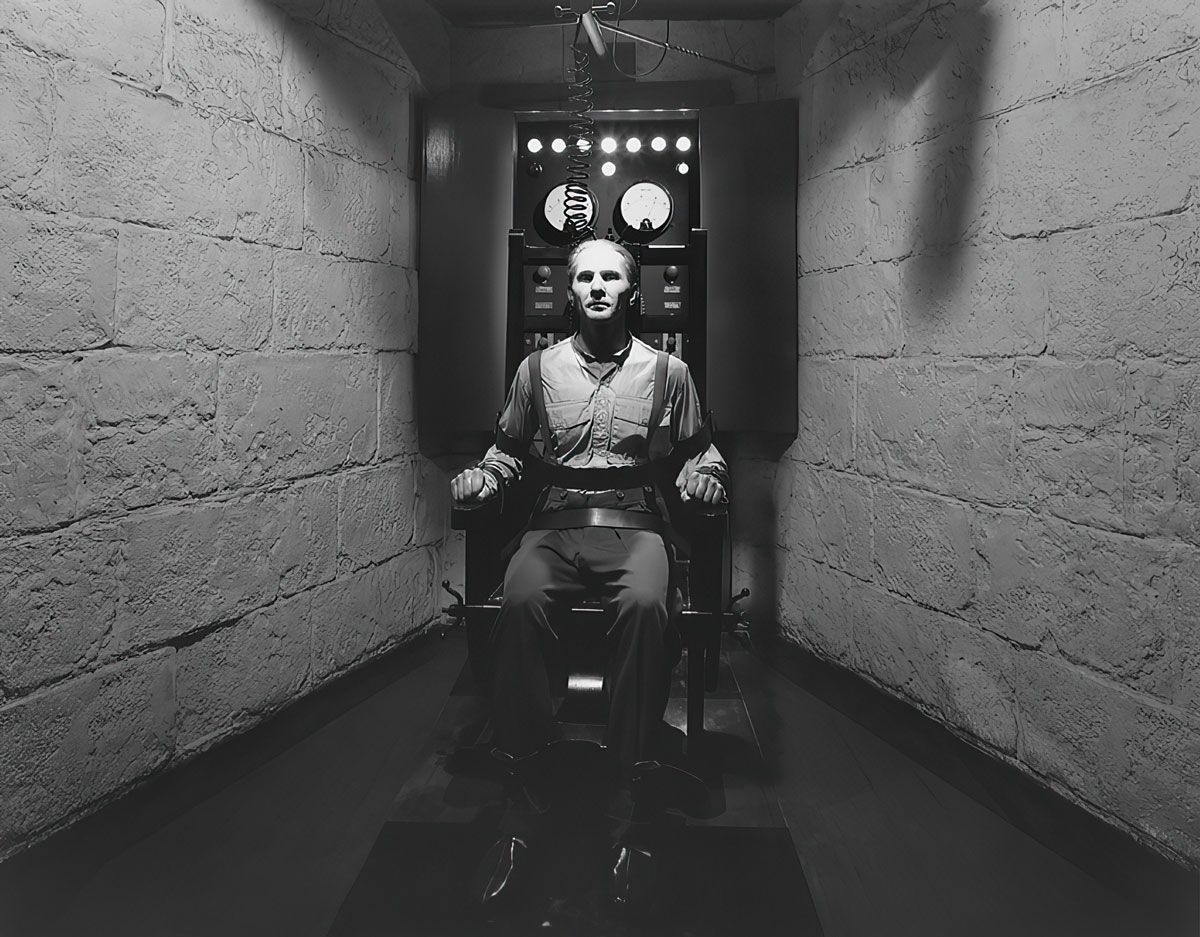PORTFOLIO:Hiroshi Sugimoto
 Today is the occasion to bear in mind Hiroshi Sugimoto (23/2/1948- ), the Japanese photographer whose realistic images of intangible or impossible phenomena challenged the understanding of photography as an “objective” art form. His exploration of abstract concepts, such as time, vision and belief, through meticulously balanced images that encourage prolonged attention and serve to focus audience consideration on the ways in which humanity makes sense of itself. This column is a tribute to artists, living or dead, who have left their mark in Contemporary Art. Through documents or interviews, starting with: moments and memories, we reveal out from the past-unknown sides of big personalities, who left their indelible traces in time and history…
Today is the occasion to bear in mind Hiroshi Sugimoto (23/2/1948- ), the Japanese photographer whose realistic images of intangible or impossible phenomena challenged the understanding of photography as an “objective” art form. His exploration of abstract concepts, such as time, vision and belief, through meticulously balanced images that encourage prolonged attention and serve to focus audience consideration on the ways in which humanity makes sense of itself. This column is a tribute to artists, living or dead, who have left their mark in Contemporary Art. Through documents or interviews, starting with: moments and memories, we reveal out from the past-unknown sides of big personalities, who left their indelible traces in time and history…
By Dimitris Lempesis
 Hiroshi Sugimoto was born in Tokyo, eflecting on childhood memories, Sugimoto feels he gathered images and sensations that he would later explore through art. Sugimoto was moved by specific subjects, such as the view of the horizon across the ocean seen through the window of a train (which he recalls from age five), and he discovered new ways to look at the world, imagining himself from alternate perspectives, including from the ceiling of a room. This interest in creating distance between the viewer and everyday life through shifts in perspective can be seen across many of Sugimoto’s later works. Sugimoto was given his father’s Mamiya 6 camera when he was twelve and began experimenting with it as a teenager; he would photograph Audrey Hepburn on screen as her movies played at the local theatre. Photography, in Sugimoto’s youth, was only beginning to emerge as an art form. He did not initially consider the discipline as a profession and instead studied politics and sociology at Rikkyo University in Tokyo. Sugimoto was very uncertain of his future after graduation and spent time travelling, visiting the Soviet Union, Poland, Western Europe and the United States of America. His decision, in 1971, to apply to study commercial photography at the ArtCenter College of Design in Pasadena, near Los Angeles, was motivated largely by his desire for a visa that would allow him to spend an extended period in California. Sugimoto, noticing that American students had an interest in Zen Buddhism and realizing that his own interest in foreign cultures had led him to neglect Japanese culture, began to study Eastern philosophy informally. Sugimoto has noted that such pursuits meant he was not a diligent student while enrolled at the ArtCenter; his understanding of Zen Buddhism, however, had a substantial influence on subsequent work. After graduating, Sugimoto returned briefly to Japan before moving to New York in 1974, where he held a succession of jobs as assistant to various commercial photographers, all of which he has described as ending in mutual dissatisfaction. Sugimoto spent much of the late 1970s and early 1980s visiting shows at small galleries in Soho and considering his own relationship to contemporary art; in 1976, he began to take photographs at the Museum of Natural History, which would lead to his first substantive series of photographs, entitled Dioramas. Sugimoto has described his process of artistic exploration in this period as relatively slow, but many of his best-known series were begun in these years; he took his first images for Theaters in 1978 and for Seascapes in 1980, and Sugimoto would continue to expand on these series over subsequent decades.
Hiroshi Sugimoto was born in Tokyo, eflecting on childhood memories, Sugimoto feels he gathered images and sensations that he would later explore through art. Sugimoto was moved by specific subjects, such as the view of the horizon across the ocean seen through the window of a train (which he recalls from age five), and he discovered new ways to look at the world, imagining himself from alternate perspectives, including from the ceiling of a room. This interest in creating distance between the viewer and everyday life through shifts in perspective can be seen across many of Sugimoto’s later works. Sugimoto was given his father’s Mamiya 6 camera when he was twelve and began experimenting with it as a teenager; he would photograph Audrey Hepburn on screen as her movies played at the local theatre. Photography, in Sugimoto’s youth, was only beginning to emerge as an art form. He did not initially consider the discipline as a profession and instead studied politics and sociology at Rikkyo University in Tokyo. Sugimoto was very uncertain of his future after graduation and spent time travelling, visiting the Soviet Union, Poland, Western Europe and the United States of America. His decision, in 1971, to apply to study commercial photography at the ArtCenter College of Design in Pasadena, near Los Angeles, was motivated largely by his desire for a visa that would allow him to spend an extended period in California. Sugimoto, noticing that American students had an interest in Zen Buddhism and realizing that his own interest in foreign cultures had led him to neglect Japanese culture, began to study Eastern philosophy informally. Sugimoto has noted that such pursuits meant he was not a diligent student while enrolled at the ArtCenter; his understanding of Zen Buddhism, however, had a substantial influence on subsequent work. After graduating, Sugimoto returned briefly to Japan before moving to New York in 1974, where he held a succession of jobs as assistant to various commercial photographers, all of which he has described as ending in mutual dissatisfaction. Sugimoto spent much of the late 1970s and early 1980s visiting shows at small galleries in Soho and considering his own relationship to contemporary art; in 1976, he began to take photographs at the Museum of Natural History, which would lead to his first substantive series of photographs, entitled Dioramas. Sugimoto has described his process of artistic exploration in this period as relatively slow, but many of his best-known series were begun in these years; he took his first images for Theaters in 1978 and for Seascapes in 1980, and Sugimoto would continue to expand on these series over subsequent decades.
In 1979, Sugimoto and his wife opened a Japanese antique shop on West Broadway, opposite Walter de Maria’s “Broken Kilometre”. This shop provided an independent income source and a space that could be used as a darkroom, and Sugimoto met many artists central to the Minimal and Conceptual Art movements, including Isamu Noguchi, Donald Judd and Dan Flavin alongside de Maria. These artists shared an interest in Japanese art and philosophy and were regular visitors to Sugimoto’s shop; his circle subsequently expanded as they introduced him to other artists in New York, including On Kawara and Nam June Paik. Sugimoto is often seen less as a photographer than as a Conceptual artist working with photography, and his exposure to Soho’s artistic community in this period provided a context that shaped and has continued to inform his work. In 1980, he was awarded a Guggenheim Fellowship and he had his first major solo show in 1981, at the Sonnabend Gallery in New York. Sugimoto established himself as a photographer using a large-format wooden camera, working only in black and white due to his belief that color photography appeared artificial and undermined the viewer’s belief in the image. He has always developed his own film and mixes the chemicals for this by hand, following the recipe of Ansel Adams. Despite his growing success, Sugimoto continued to run his antique shop until 1989; after closing it, he continued to collect antiques and began to incorporate these and other objects into his work. Sugimoto’s 1995 solo show at the Metropolitan Museum of Art in New York led to greater recognition and the financial means to expand his artistic practice. The artist began photographing modern architectural sites that year and was subsequently able to expand on this series through extensive travel. He subsequently began designing interior spaces in which to take photographs and designing objects to photograph, which were subsequently displayed alongside the resulting images. This work led to a number of commissions for more ambitious spatial projects and Sugimoto, hiring three architects with whom to work, started an architectural practice, “New Material Research Laboratory”, in 2008. Sugimoto’s architectural work can be seen as an expansion of, rather than a departure from, his photographic work, giving him greater control over the presentation of his images in museums and allowing him to explore his core themes in multiple dimensions. Sugimoto has continued to add images to his early series, including “Dioramas”, “Theaters” and “Seascapes”, throughout his career, expanding these groups as he identifies new locations in which to shoot. In the projects he has recently begun, Sugimoto has gravitated toward architecture, designing a number of restaurants and teahouses. His architectural work, like his photographic practice, is guided by his belief that minimalism and simplicity in aesthetics can prolong an audience’s attention and generate deeper focus. He has spent the bulk of the last decade focused on the Enoura Observatory in Odawara, Japan, which opened in October 2017, housing Sugimoto’s collection of Japanese antiques alongside a teahouse and spaces for the production and performance of traditional Japanese theater. The structure, overlooking the ocean, provides a view of the horizon analogous to Sugimoto’s Seascapes and Sugimoto selected the site for its proximity to the place where he first, as a child, began thinking about the ocean as an orientation point in human consciousness.









